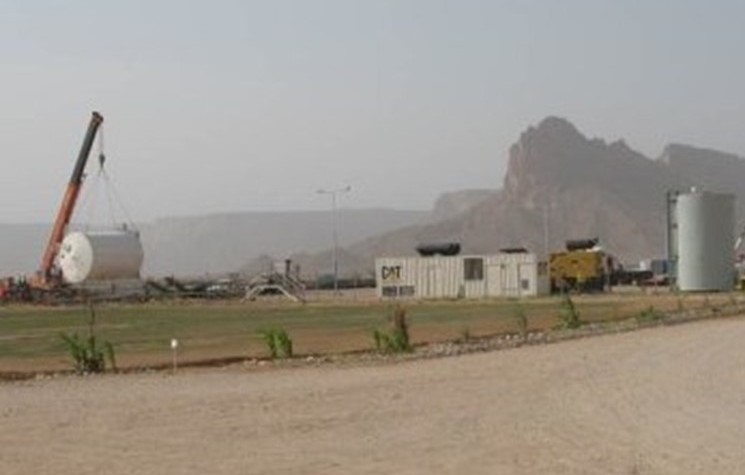Canada’s Calvalley Petroleum Resumes Production Operations From Yemen’s Block 9

By Martin Clark
Yemen has never been the easiest of places to operate, but many companies do so profitably, and many have been there for a long period of time. Known oil and gas deposits make it worth the trouble, of which there can be plenty of that, despite the country dropping off the map of hotspots lately following the escalation of violence elsewhere, in places like northern Iraq and Syria.
And, unlike much of the Middle East region, Yemen is also a place where junior oil and gas companies can make a name for themselves. One of them is Calvalley Petroleum, which has established a strong base of cash flow and earnings from its exploration success there in Block 9, in the Masila Basin, although it has been blighted most recently by labour strikes and other issues. The Canadian company has a 50 per cent working interest in the Malik Block 9 joint venture.
It’s been quite a year for all at the Calvalley camp, especially after DNO abandoned a plan to acquire the company earlier this year. Fortunately, the year seems to be ending on a better note, after the group announced the resumption of Block 9 production operations this week. Workers went on strike on December 12, resulting in a temporary production shutdown.
The resumption of oil flow is great news for investors although it has been a tough year for all, something experienced Yemeni hands will know about only too well. Calvalley’s third quarter results, released in November, give an indicator both of the Block 9 area’s capabilities and frustrations.During the third quarter, the company sold an average of 914 barrels of oil per day (bopd) of crude, way down on the 2,170 bopd in the same period for 2013.
These figures are slightly misleading, however, in that the quarterly sales volumes comprise just one single crude shipment (in August). A second shipment (in October) missed the cut-off time for inclusion in the third quarter “by hours”, Calvalley said, meaning this will be rolled over to the next period.If the vessel had sailed just a few hours earlier, third quarter sales would have doubled to 1,876 bopd. Such is the nature of business in Yemen. Still, there’s no doubting the impact of Yemen’s volatility on overall production.
For the nine month period to September 30, 2014 crude oil sales averaged 698 bopd, still way down on a year ago, at 2,282 bopd.Production is being restricted for several reasons, not just labour strikes, but also blockades and infrastructure disruptions, in true Yemen style.
The Al Roidhat field, for example, has been shutdown for all of 2014 because of issues with the marketing infrastructure to the west through the Ras Isa terminal, and blockades by locals to the east, at Block 51 and the Ash Shihr terminal.
Similar issues have also restricted production Al Hiswah and Ras Nowmah at times.Blockades have disrupted appraisal and development drilling projects as well.And yet there is always hope that things may turn a corner.
When it released its third quarterly results, Calvalley said at the time (in November) that production from both these two fields, during the fourth period to date, had not been restricted at all, with gross production running at 4,300 bopd (2,150 bopd net to Calvalley).
It underscores the clear potential of the area, something that Calvalley and its followers will be hoping to see much more of in the coming year.
Comments (0)